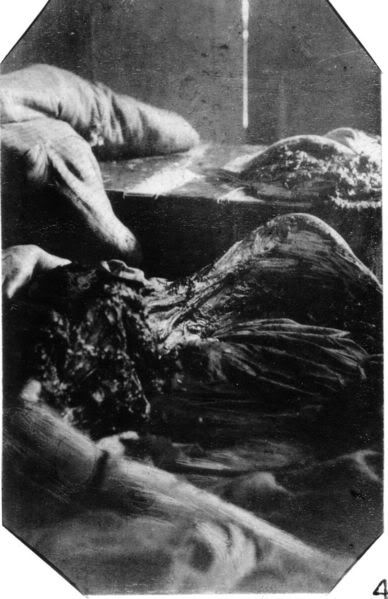Originally posted by Ben
View Post
At this point, I'm unsure how Kelly met the killer, but I do agree with you that it is possible that he had previously scouted her and her situation.
It makes sense that he would.
In fact, I have wondered for a long time if the victims weren't somehow "primed" -- maybe with something new that they almost all had.
At the least, I suspect he may have been a repeat customer so that he was trusted by his victims.
Just rummaging ideas around in my head.
curious



Leave a comment: